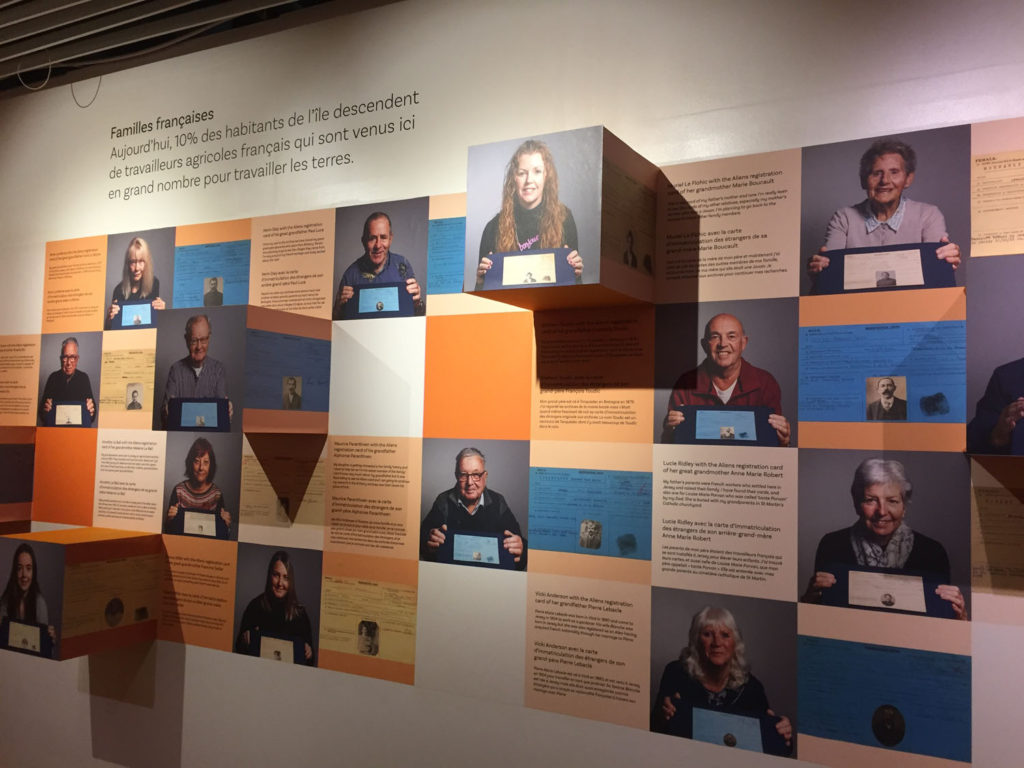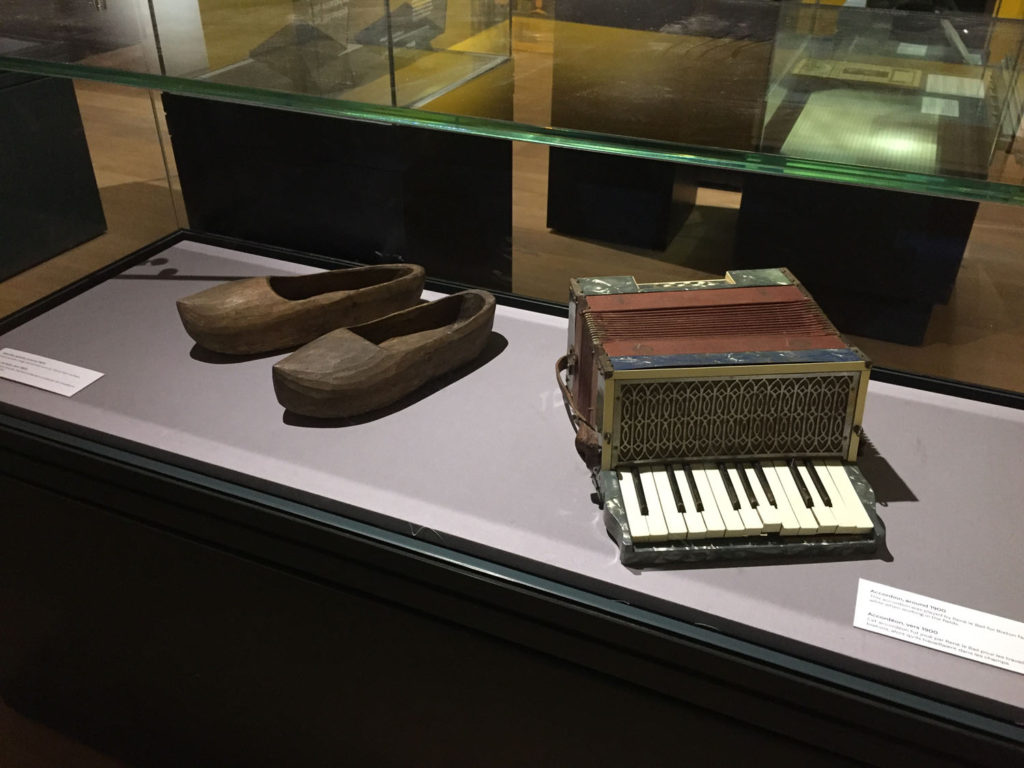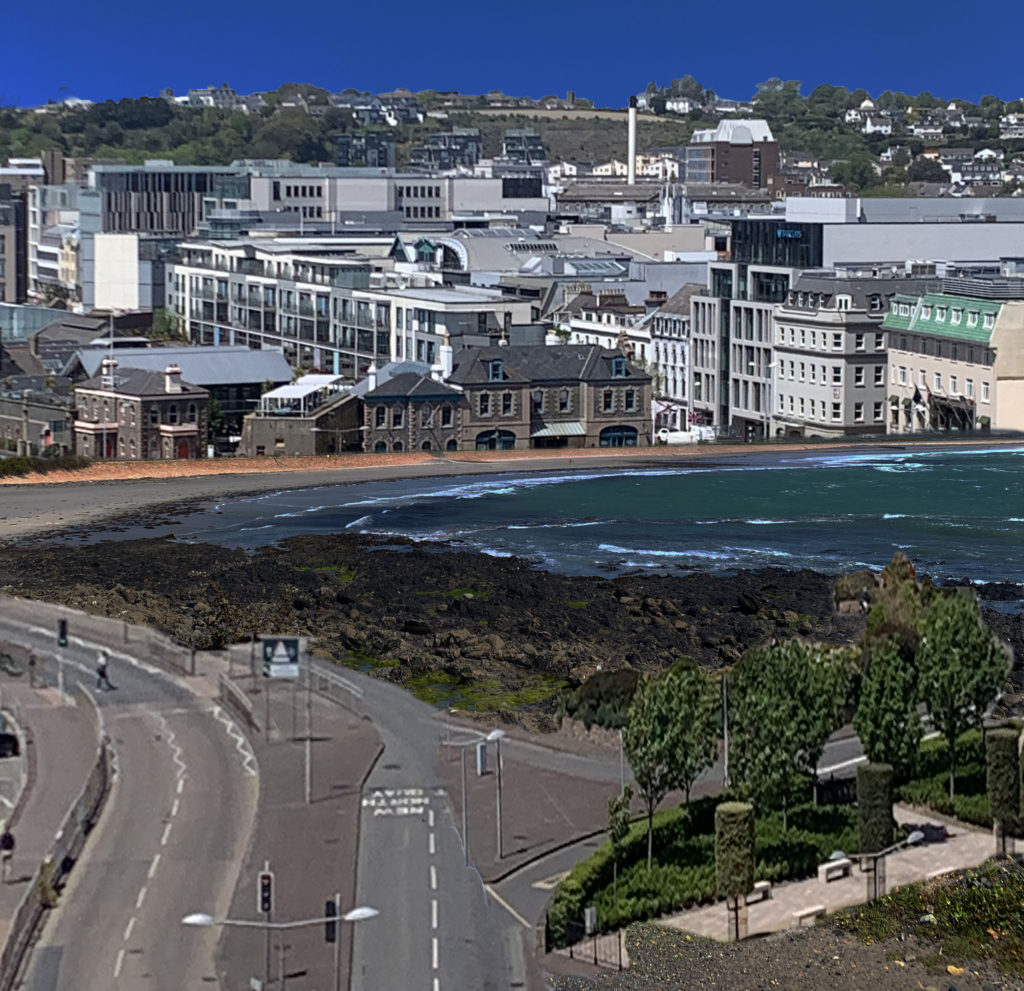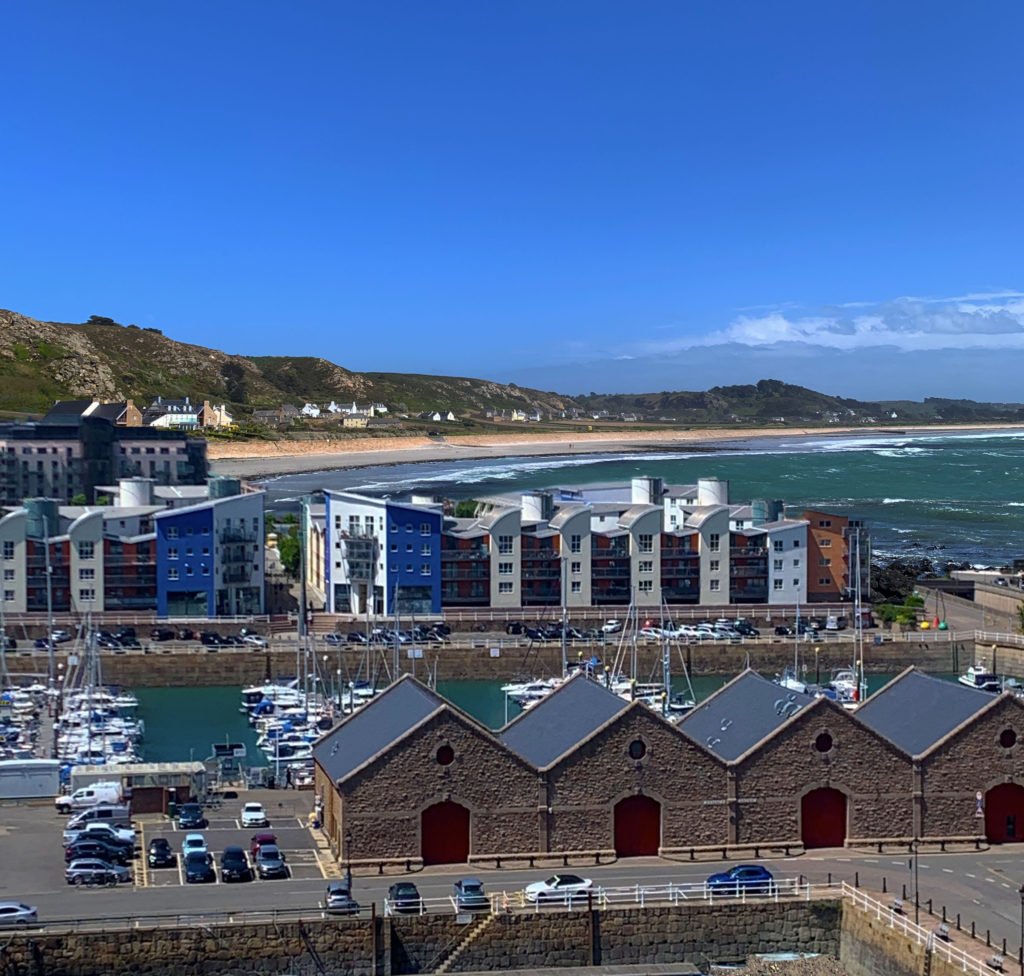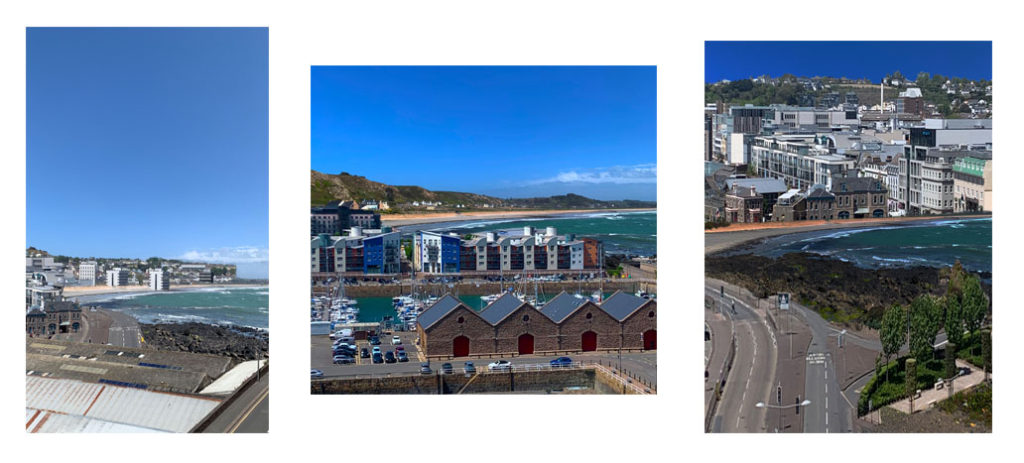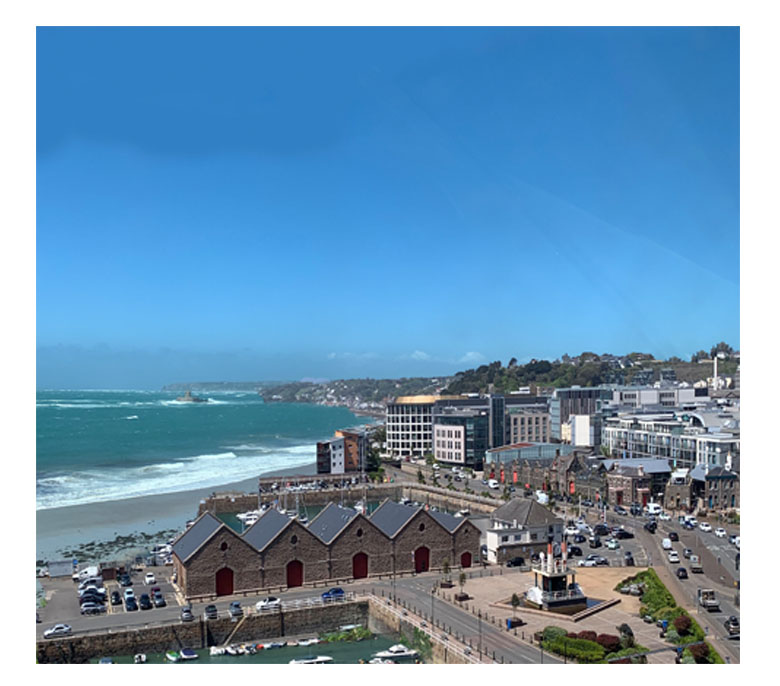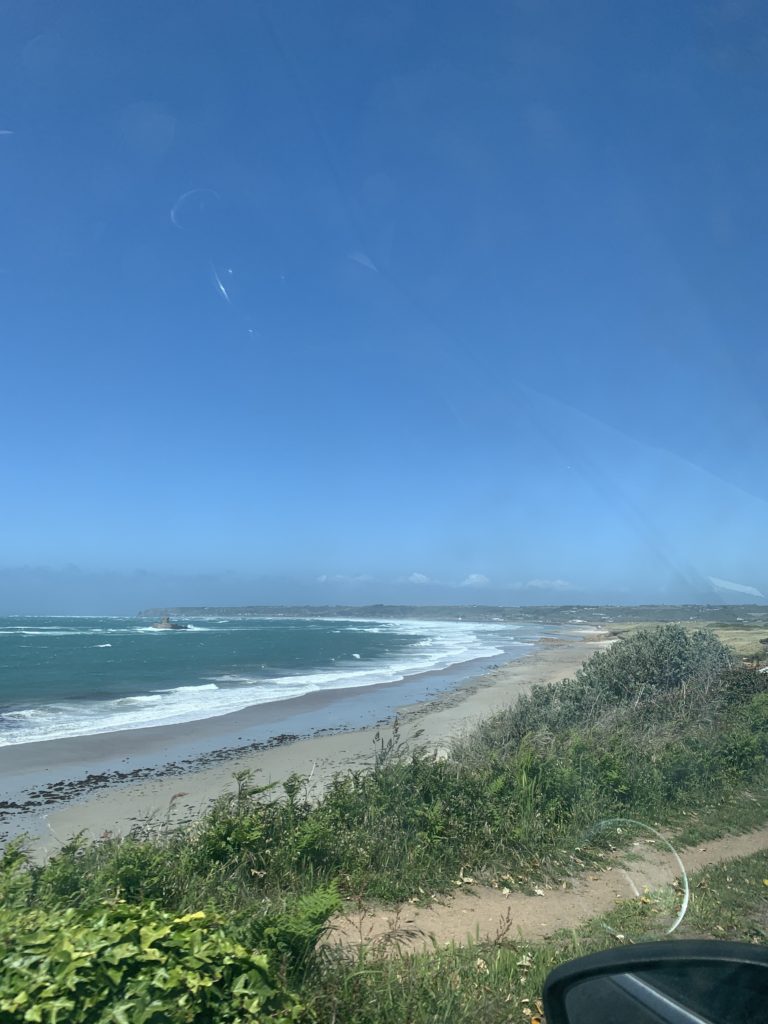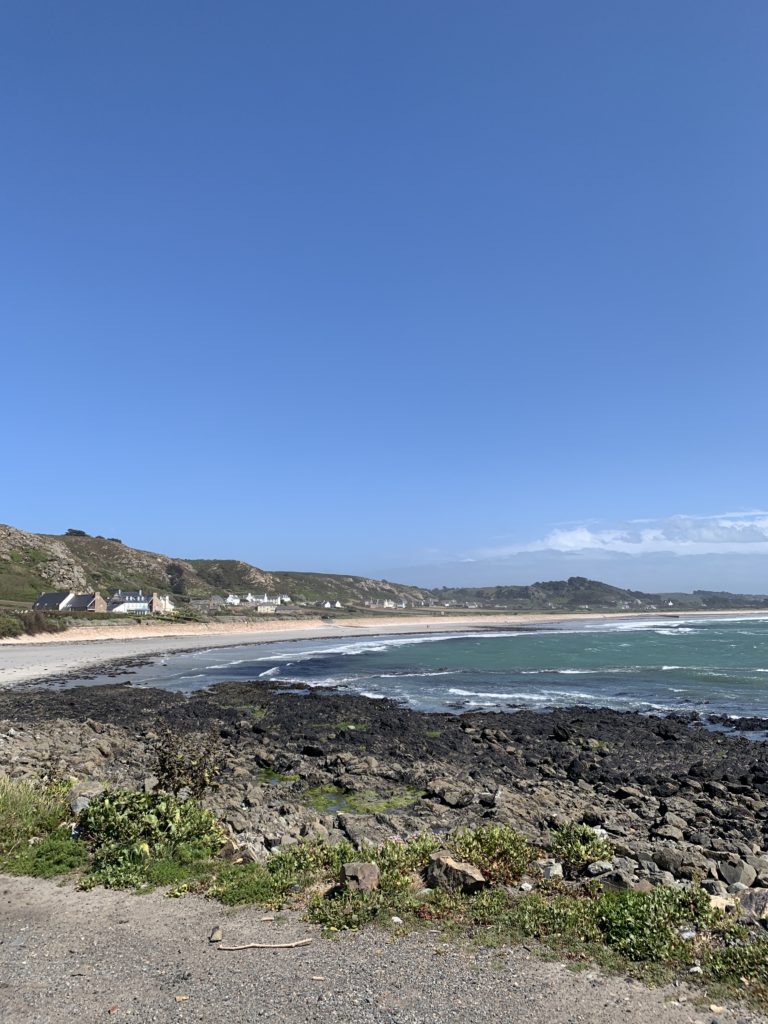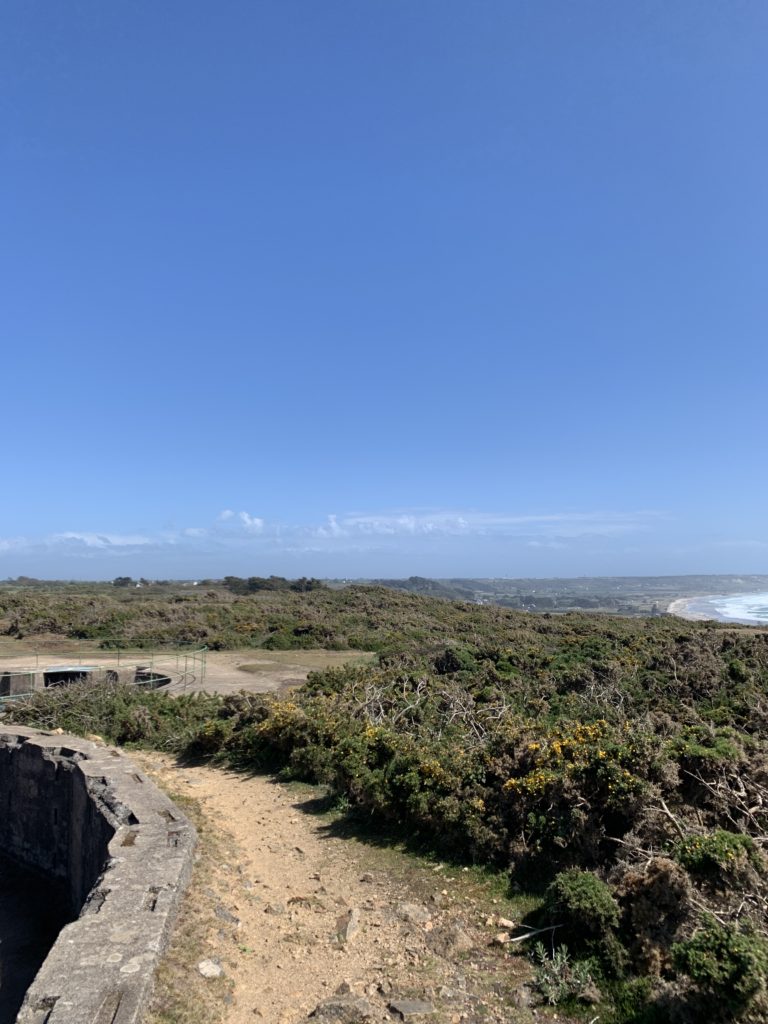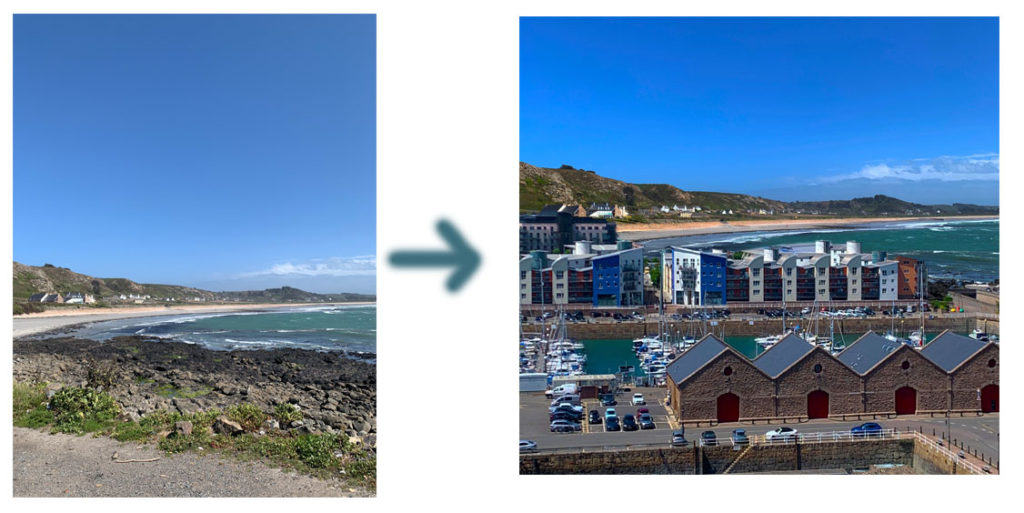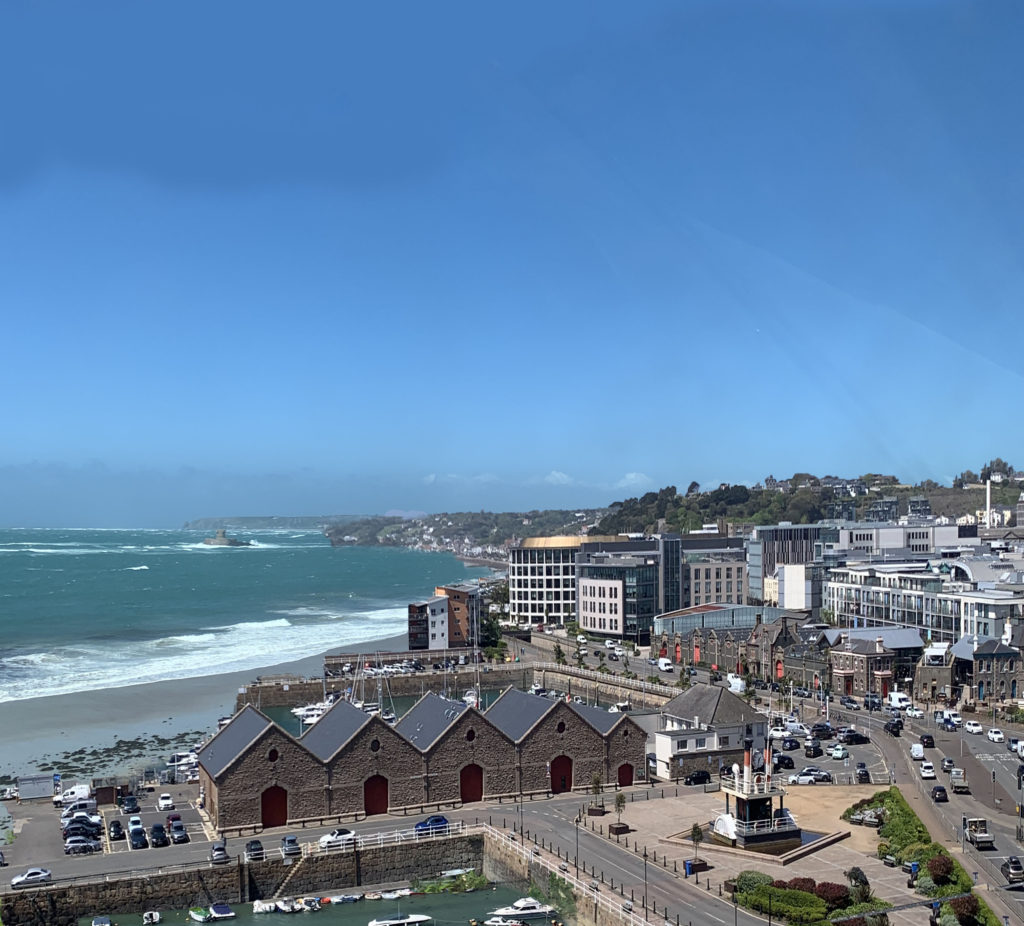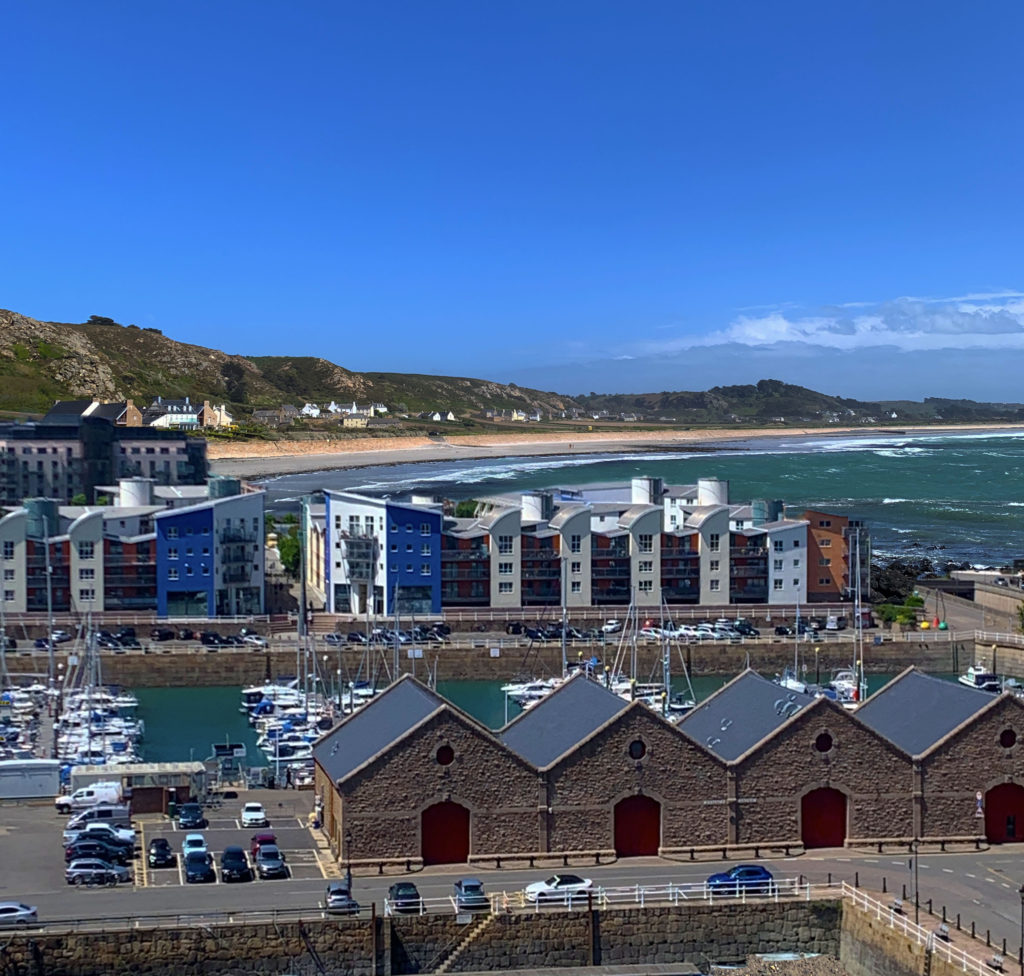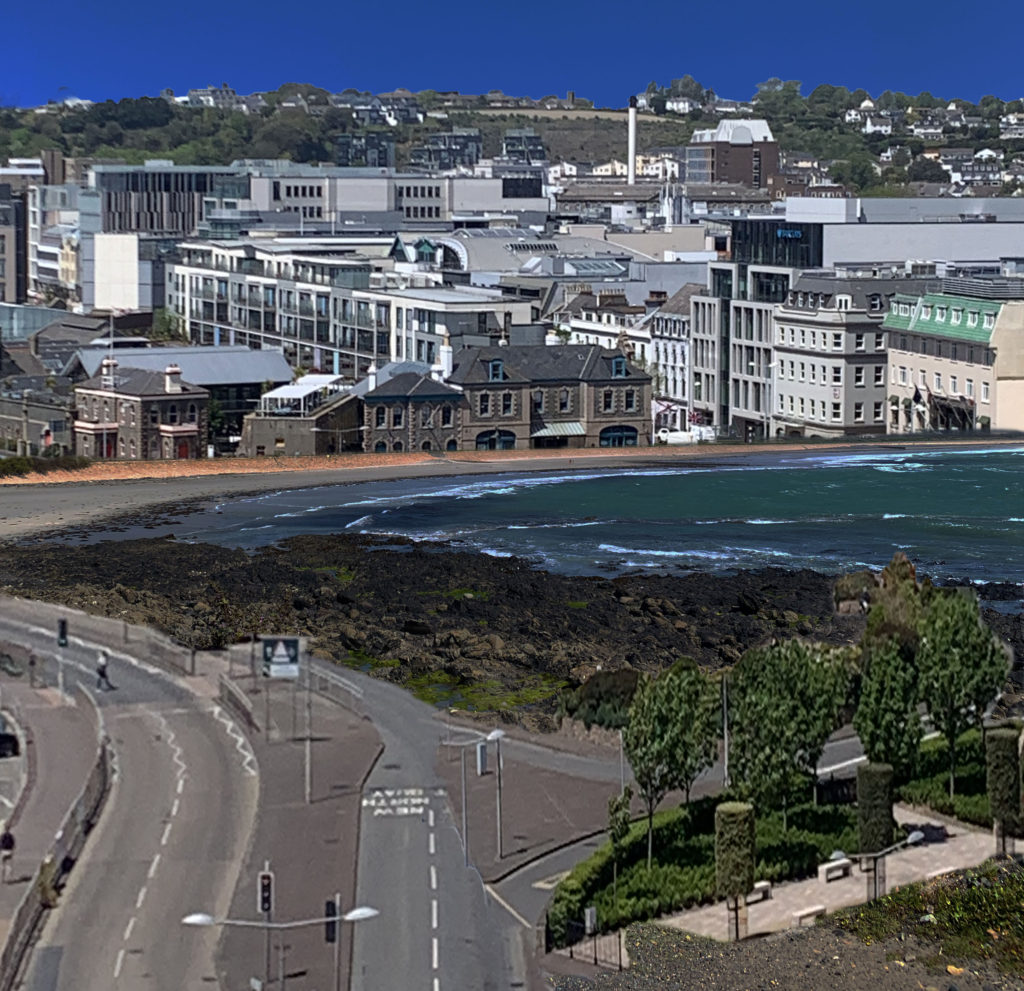STORY: What is your migrant community story?
Describe in;
3 words; a migrant story
sentence; a migrant story showing the different backgrounds within the Jersey community.
paragraph;
NARRATIVE: How will you tell your story?
My own images I took around St.Helier especially near town that i have ordered specifically to tell my story.
AUDIENCE: Who is it for?
I think anyone in Jersey would be a suitable audience as anyone can learn about all of the different communities Jersey has and how we can see it visually. I also think future students or anyone living in Jersey in 30/40 years time would look back at my images to see how much Jersey has changed and how the people and community used to look like.
here’s my process of me selecting what images I would use and how I would sequence them;
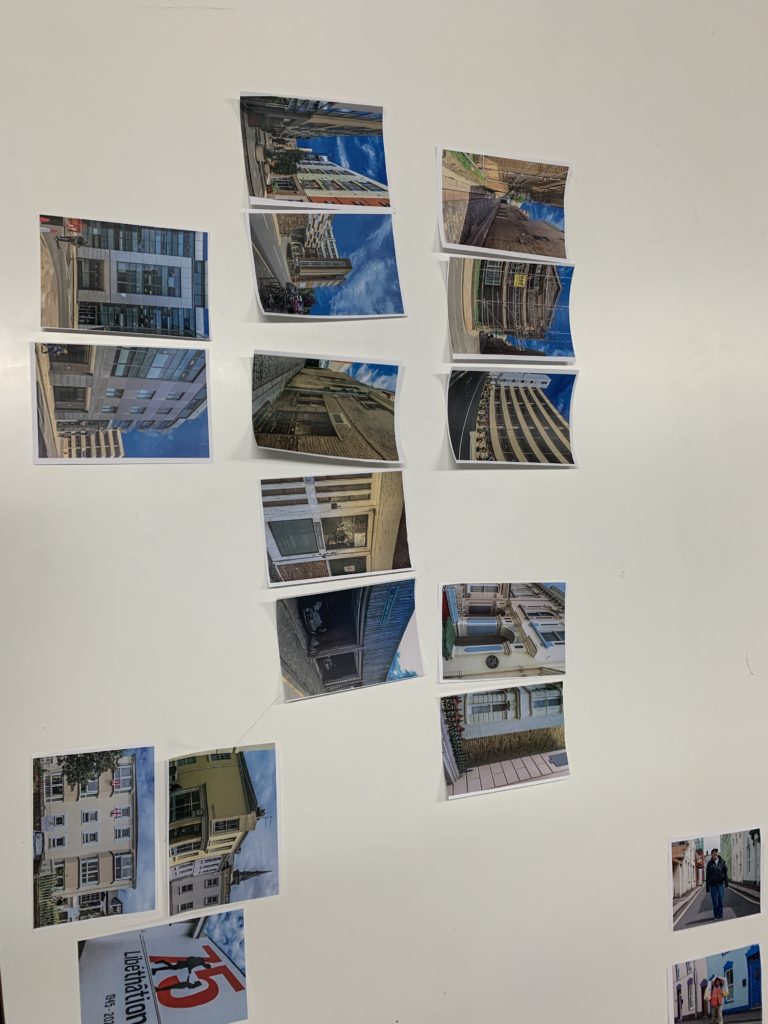
firstly i put out all my images I was happy with and wanted to use in my narrative story. I started off by grouping similar images together if they had something in common. This made it easier when trying to figure out the order of my images. Here’s an image showing how I decided to group them;
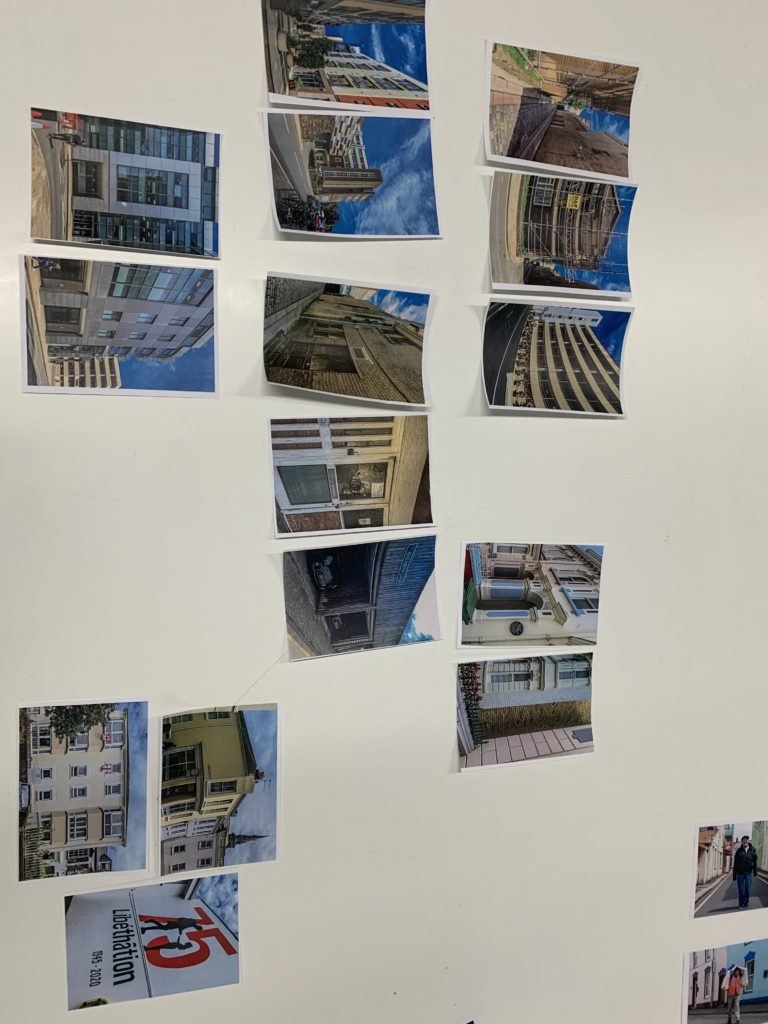
I then made a small A5 book from 4 pieces of paper to create a 16 page leaflet. By doing this I could play around with my printed images and decided what photos I wanted on what page. Here’s a few images showing how I placed my images in the book.
This is just a draft of the order that I want my images to be in. I tried to match images that have something in common opposite each other or that are completely juxtaposing each other. I wanted my first image on the first page to be a wide angle image that shows town from a further away angle as well as being on the outskirts of town, which is why I chose the image of the hospital to be my first image. Then as you look through the book I wanted to include images of really close up shots of images such as doors and streets to give an insight into what town is like if you were to walk through it. I wanted to create a sense of looking into town from far away and slowly as you flick through the pages you get more inside town, getting an idea of what the community is like as you explore our town.
I only put one image to be used on a double page as I wanted to have one image on per page to create a good comparison between images on each page. I started with the first image being my furthest away shot of town and my last final image being my closest shot of town, someones door and front of house , to create the sense of walking through town and when you’ve seen all the different cultures and communities that’s when my booklet finishes- at the closest shot as there’s nowhere else to go. I used some images that are similar and have something in common such as my image of the construction and the really old and abandoned alleyway , this was because in both images you can see fences and it has the same atmosphere as both images look like they’re taken in a poor area and not looked after section of town. I also experimented with using two images next to each other that are completely different and contrast well against each other, such as the extremely wealthy estate in jersey with very tall and colourful buildings that are surrounded with well looked after benches and plants in contrast to the dark and dirty alley way that is all broken and dull.
Overall in my story I wanted to show the diversity of cultures and different areas that we can experience just through walking in town when you pay attention to all the details. My story shows the different living situations and how different peoples houses or flats look even though they all live in town. As well as walking on french/Portuguese quarters and then through the wealthy resident area you can definitely see a difference right away. I also photographed different flags that were put up on individuals windows which shows a representation of different backgrounds. Im happy with my final selected and edited images as well as the order I’ve put them in because it’s showing the story I’m trying to tell.


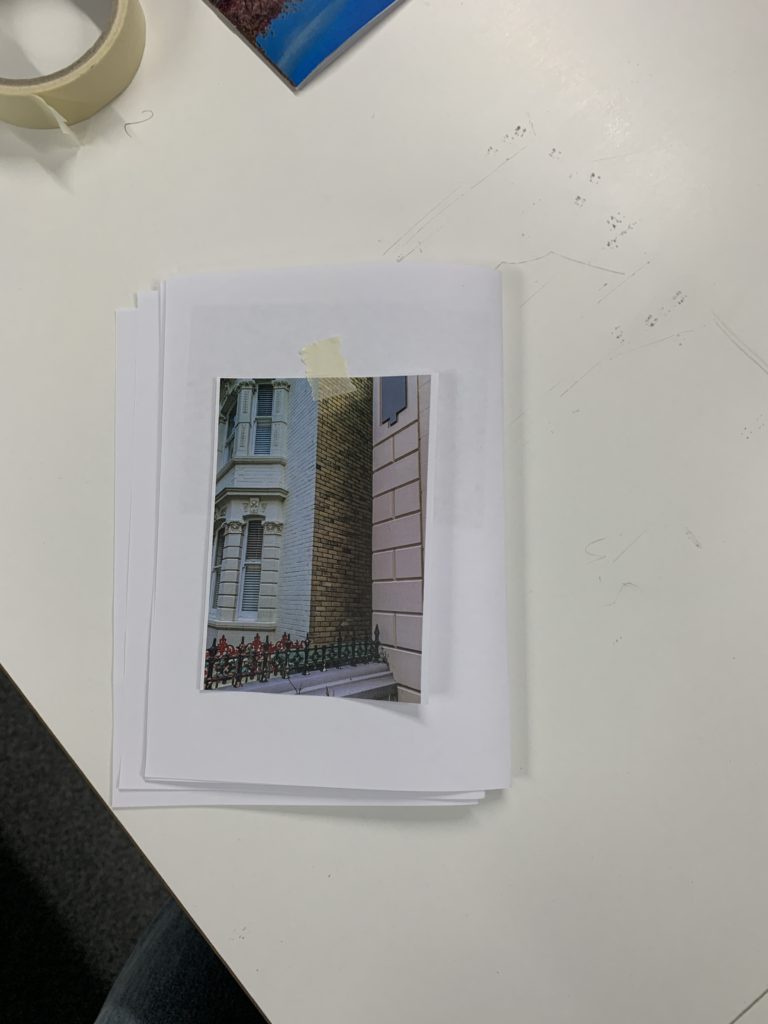
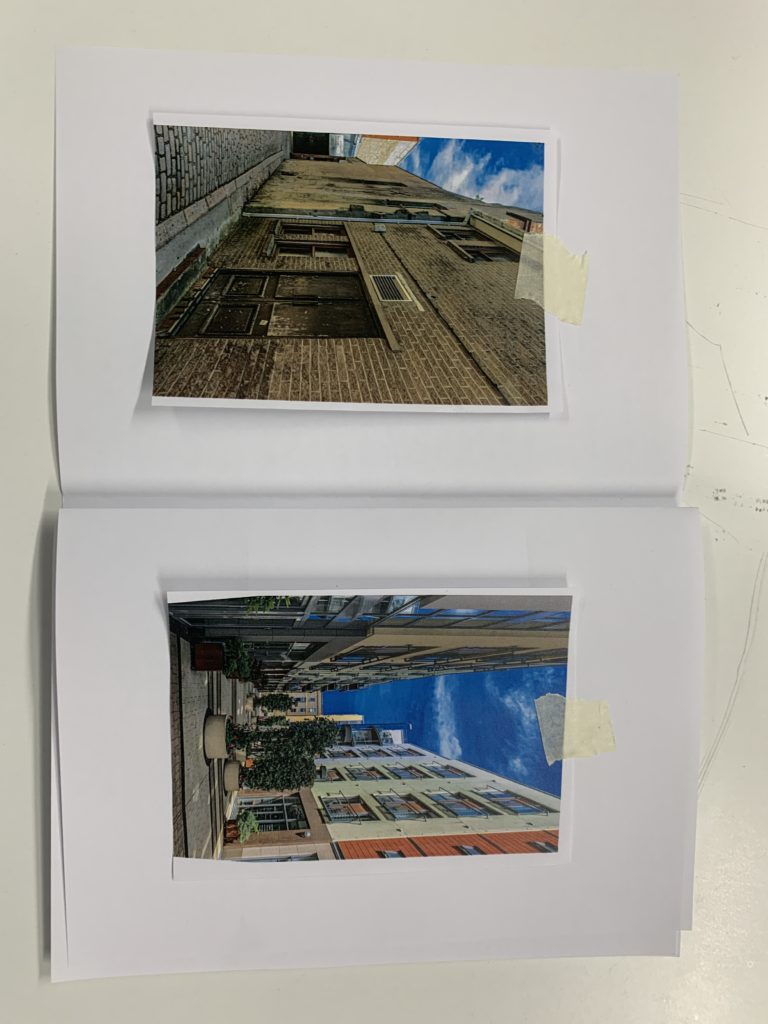

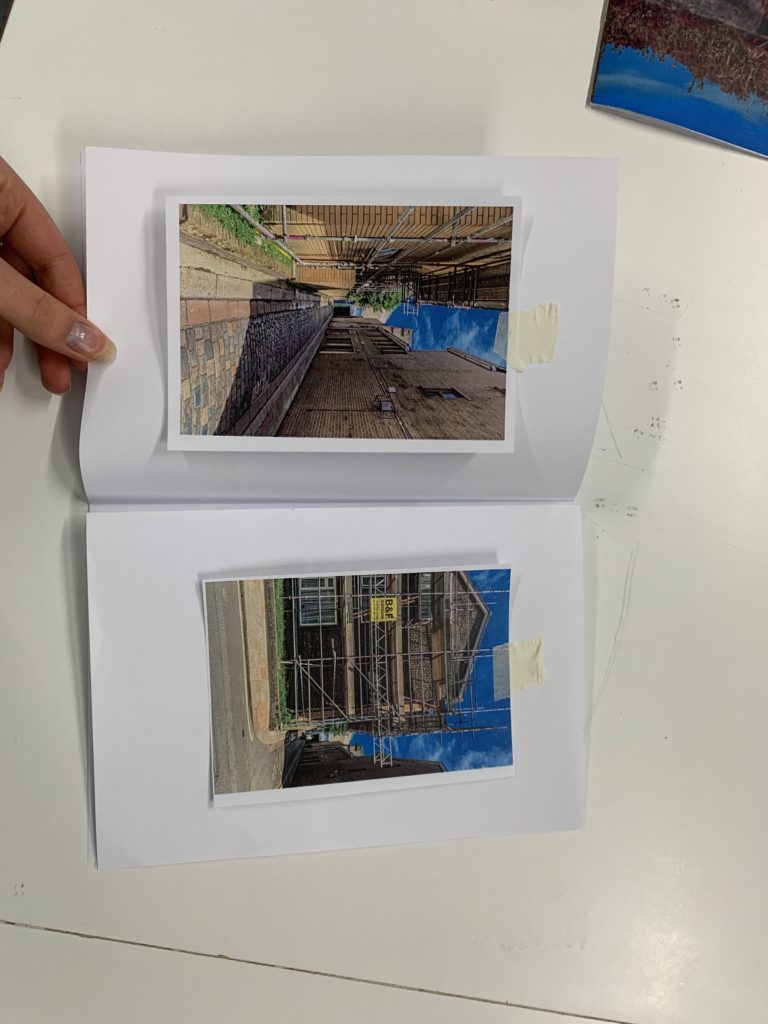
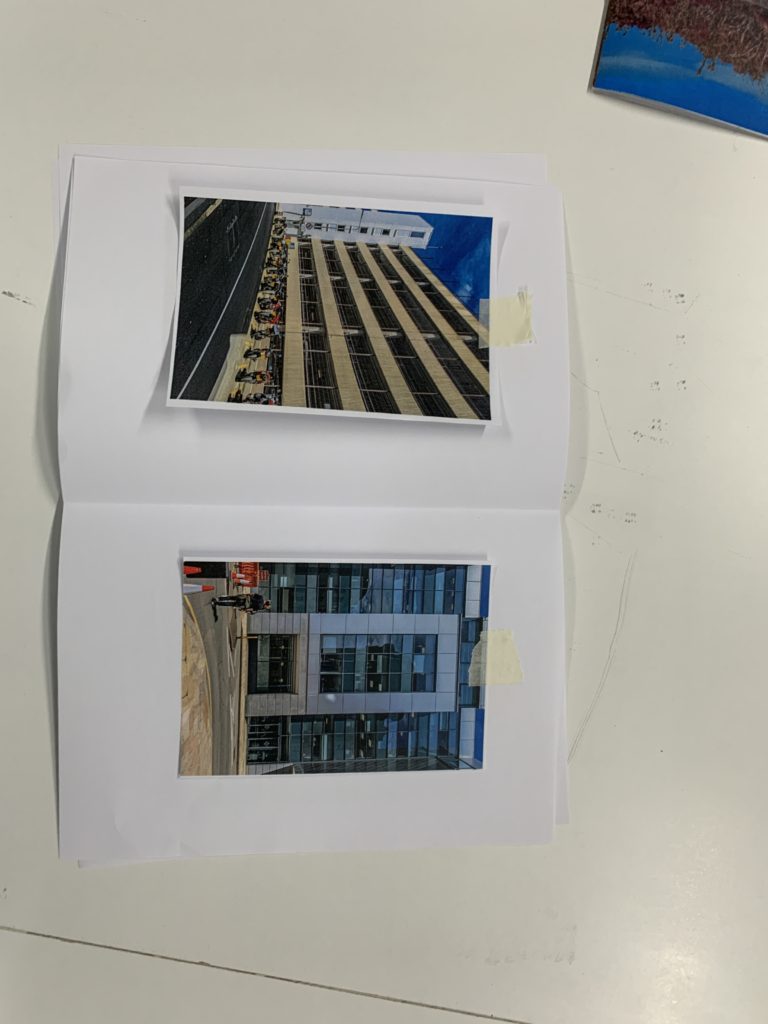
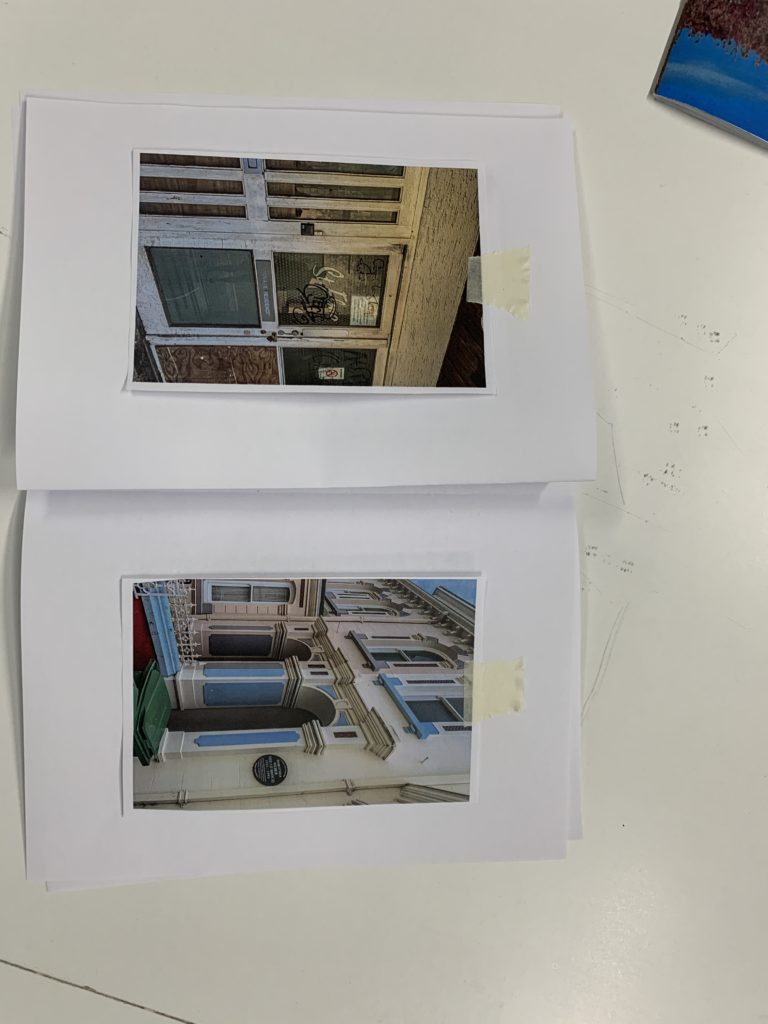
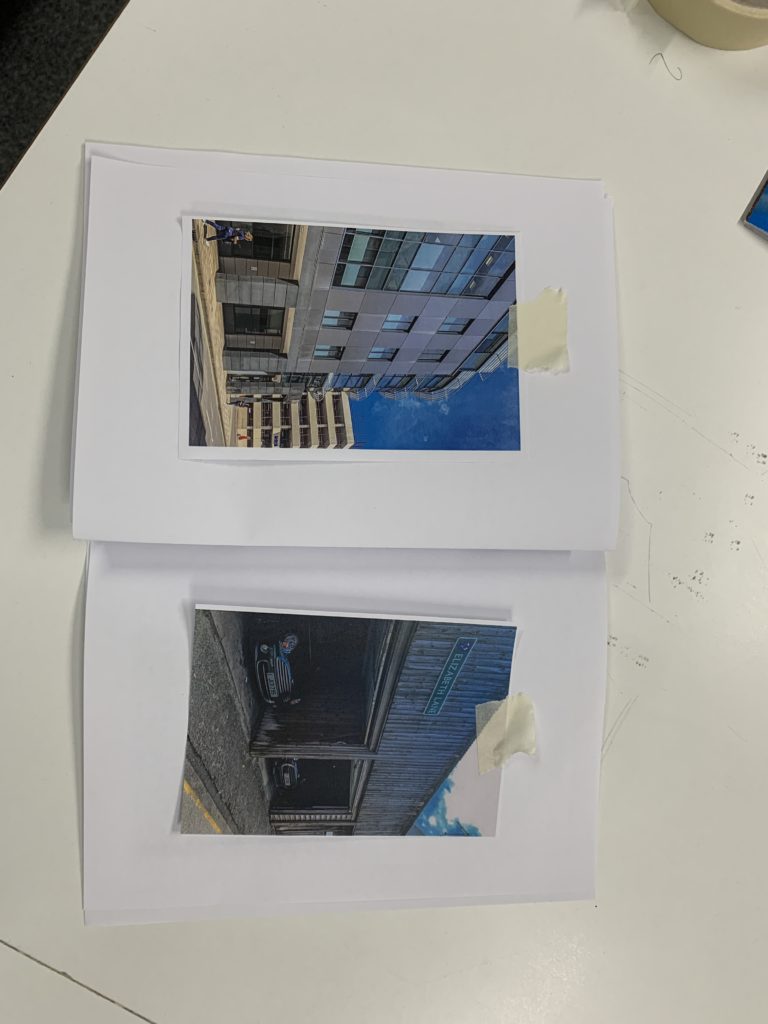
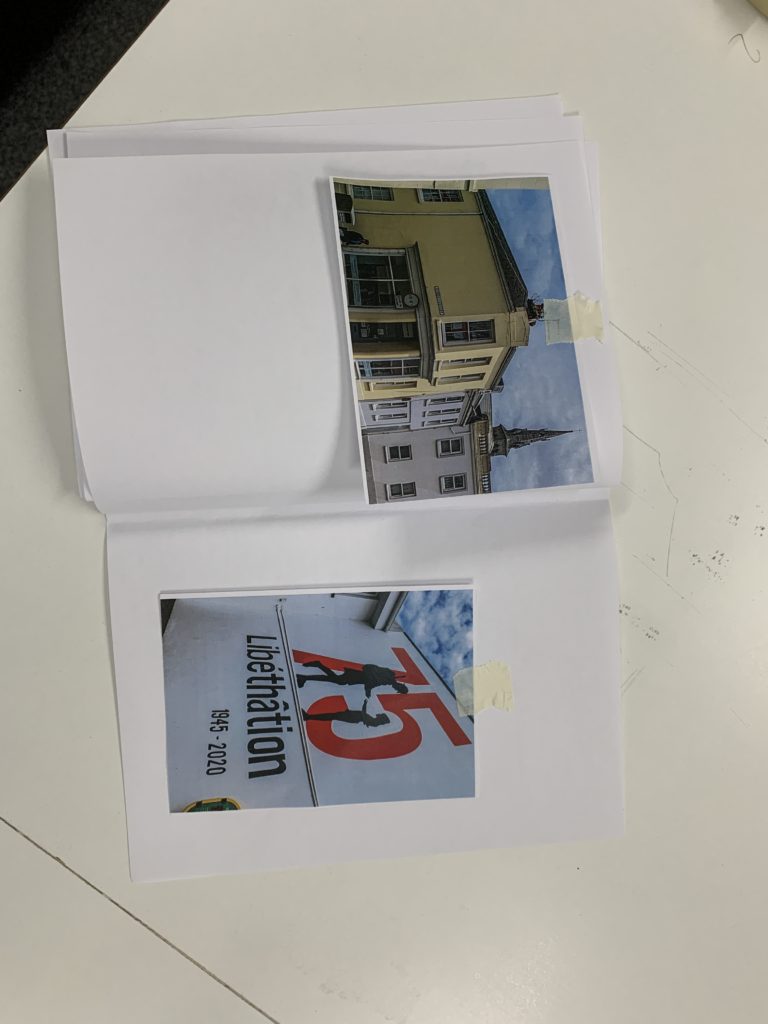

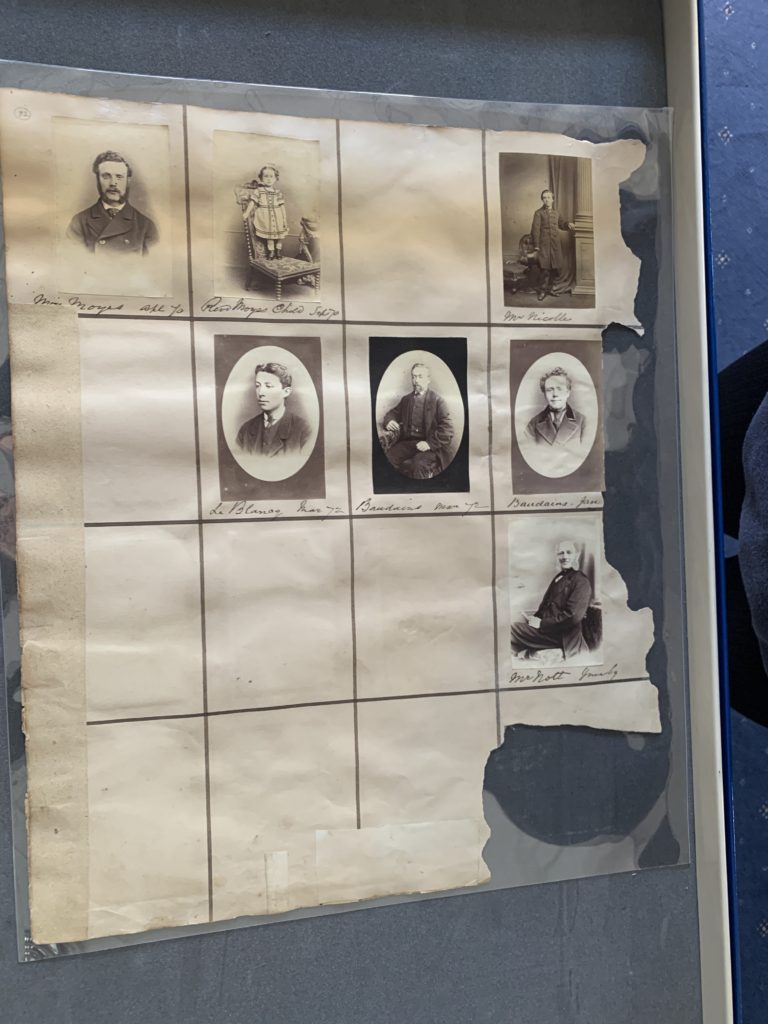


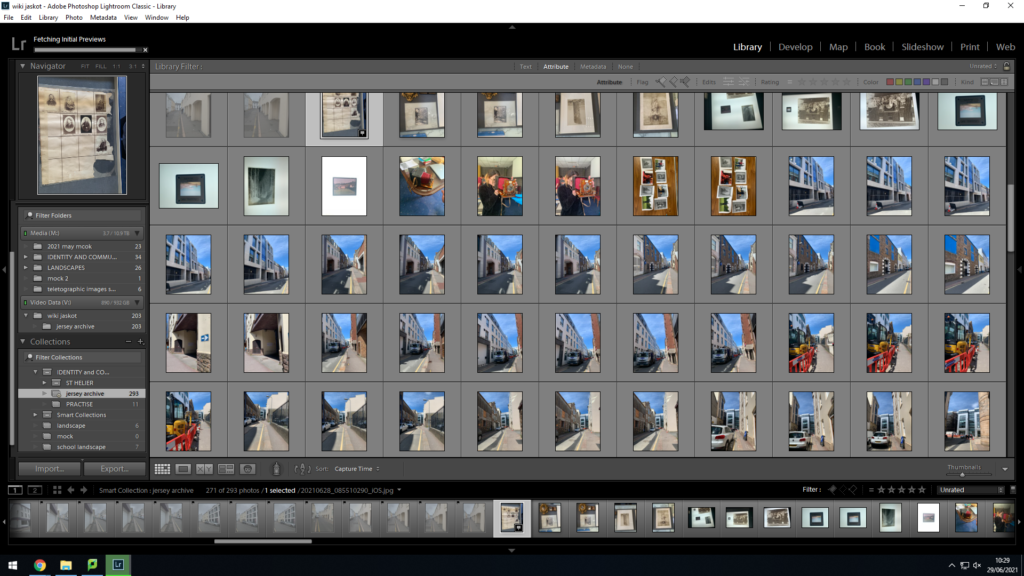
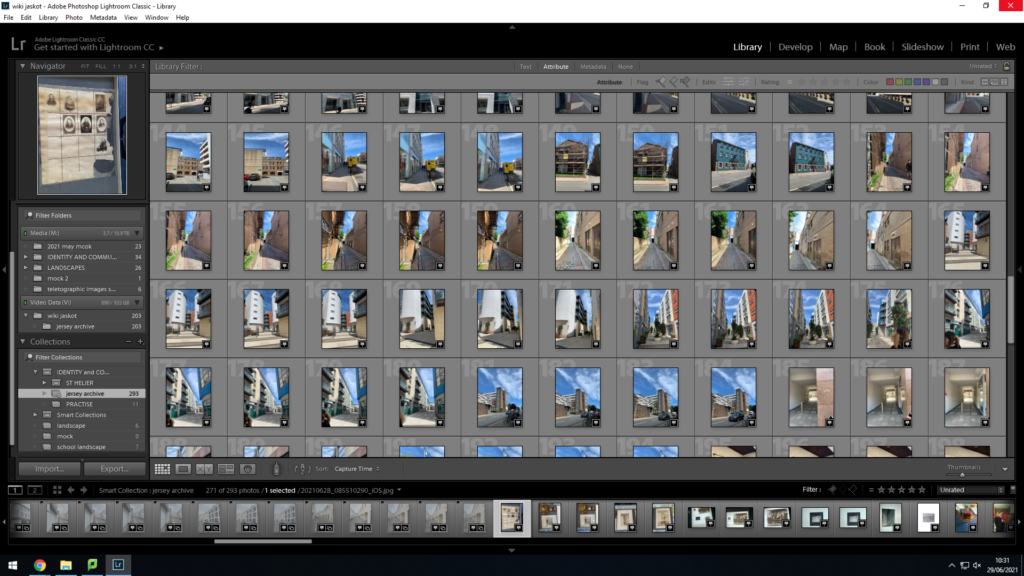

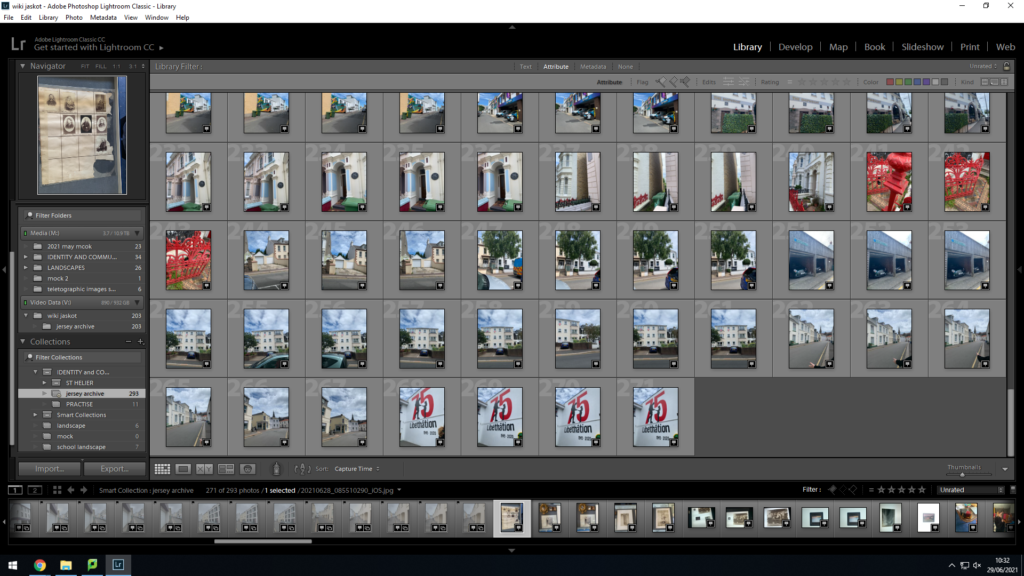

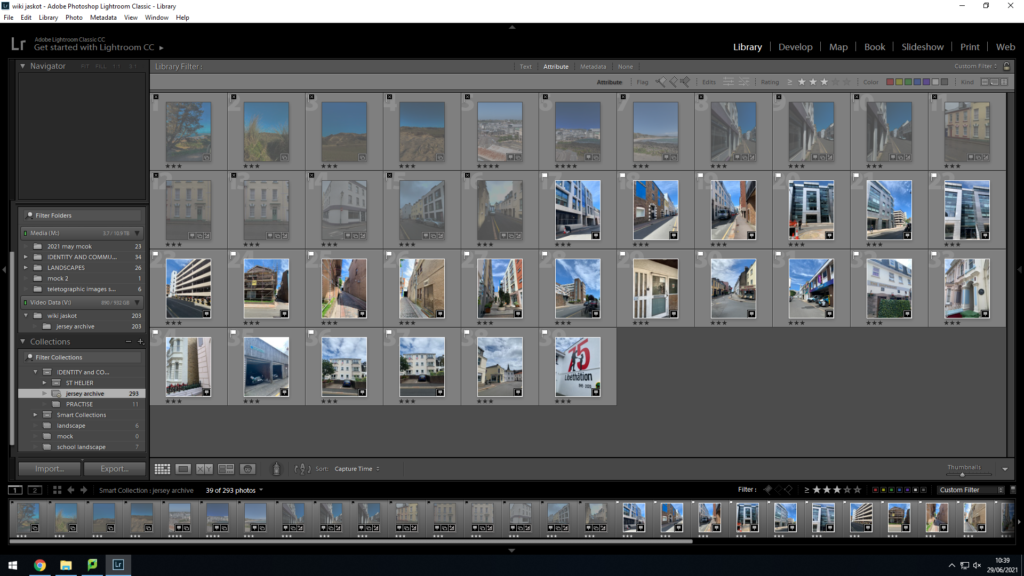
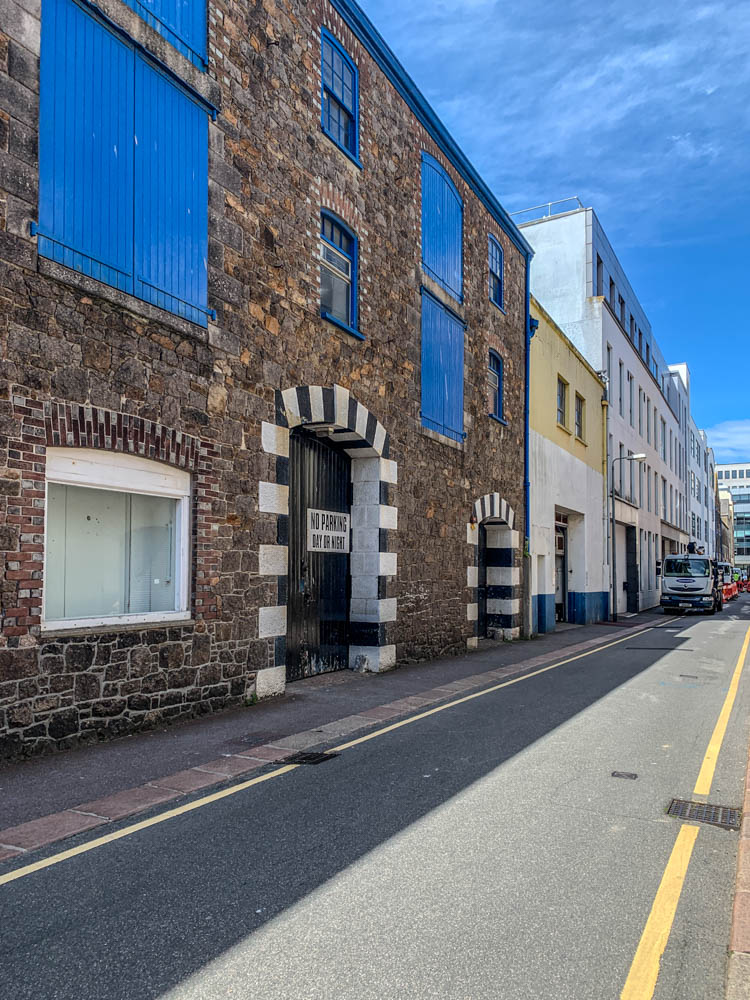

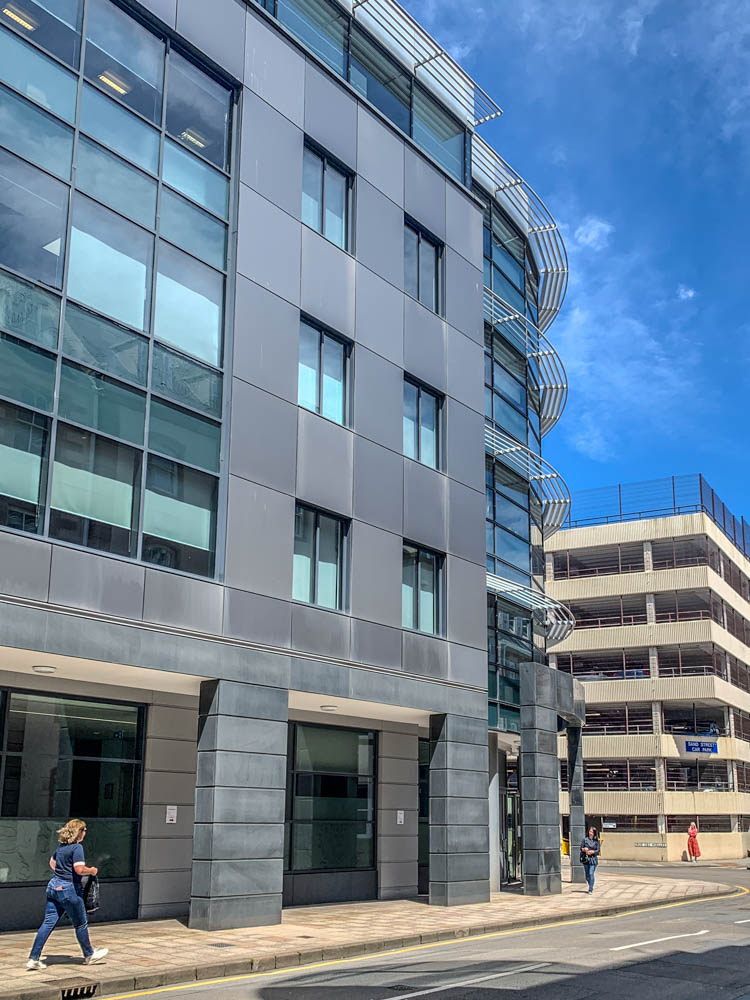
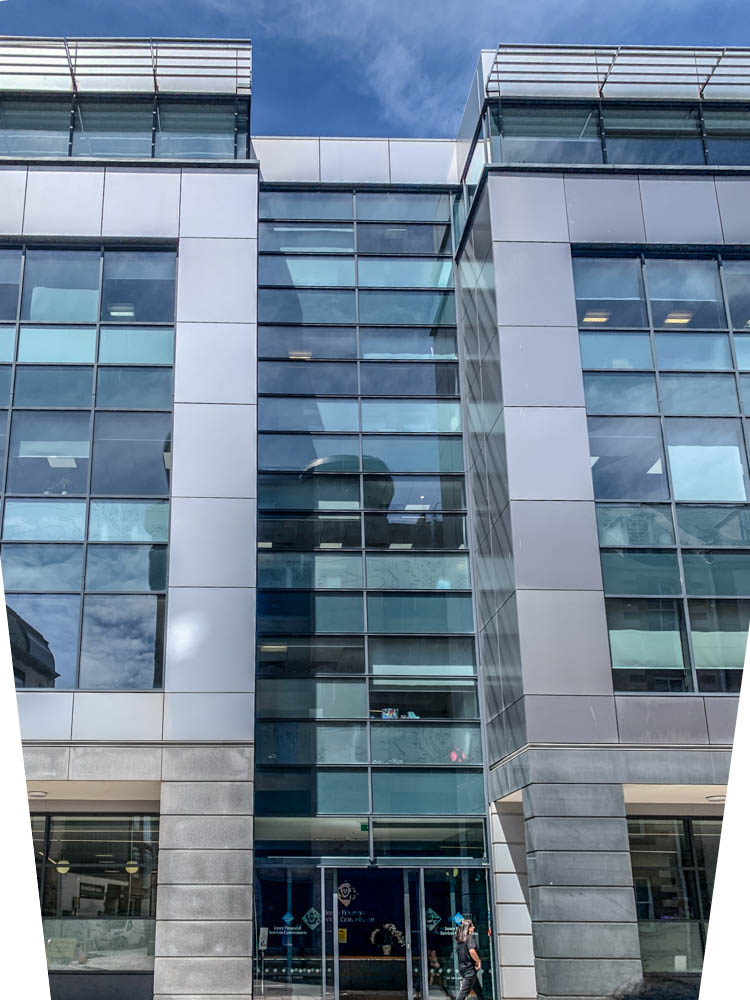
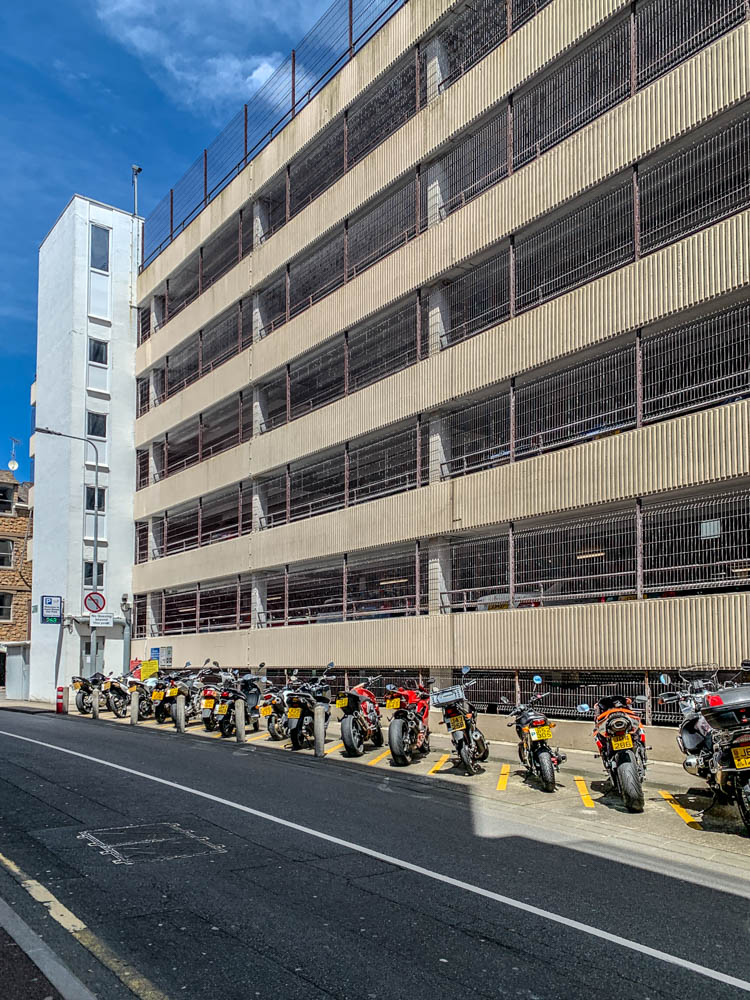

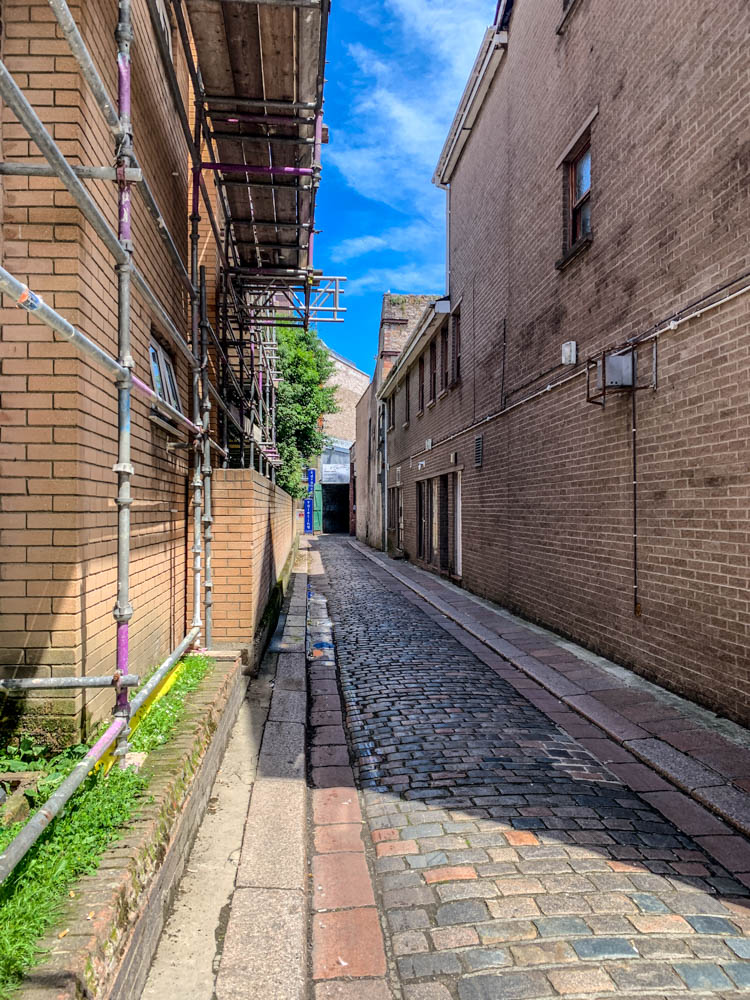






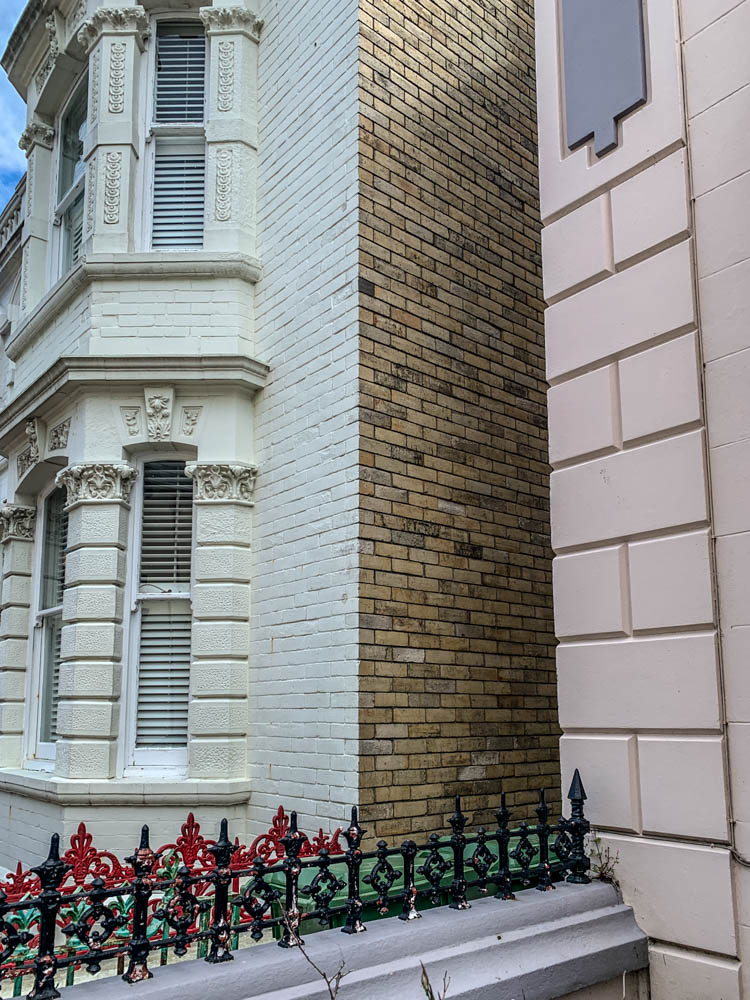
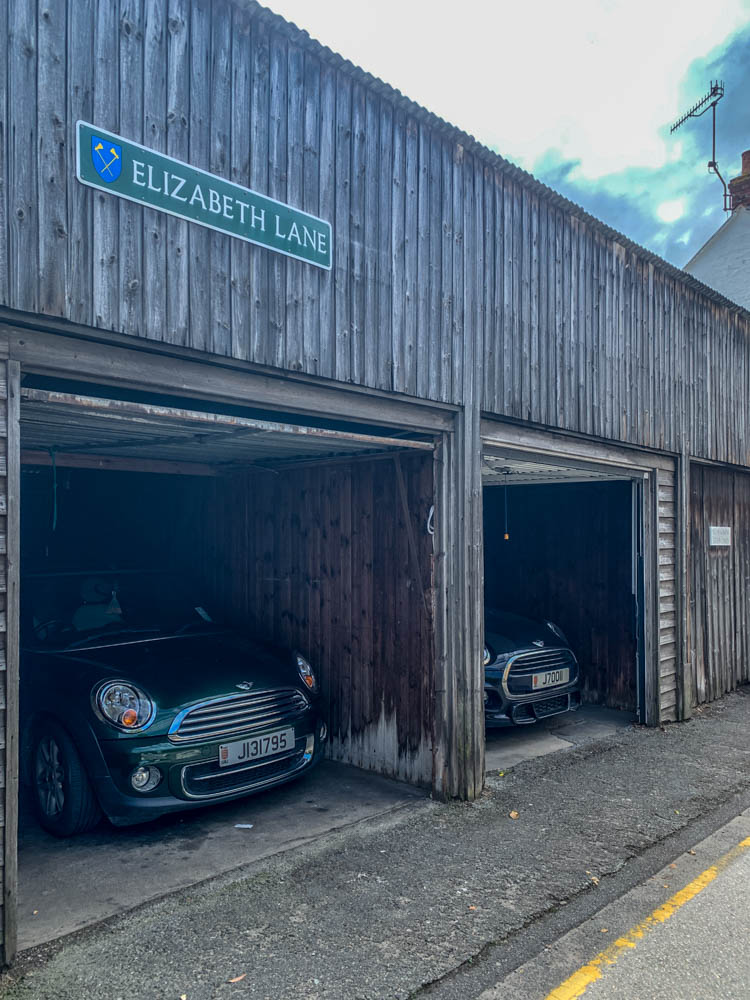

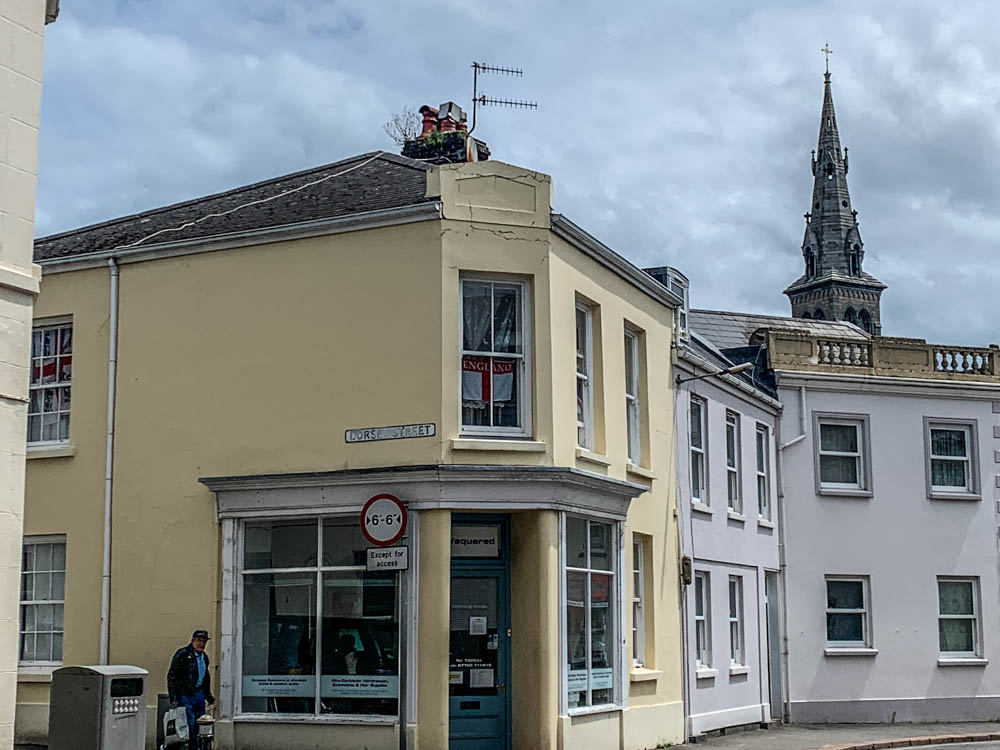
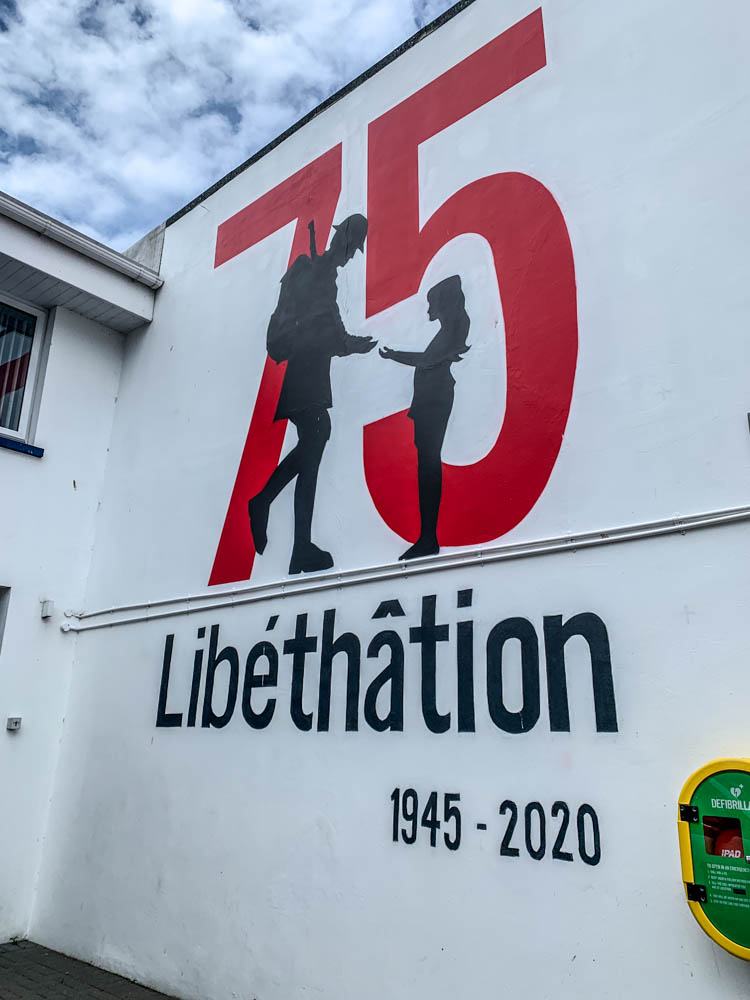

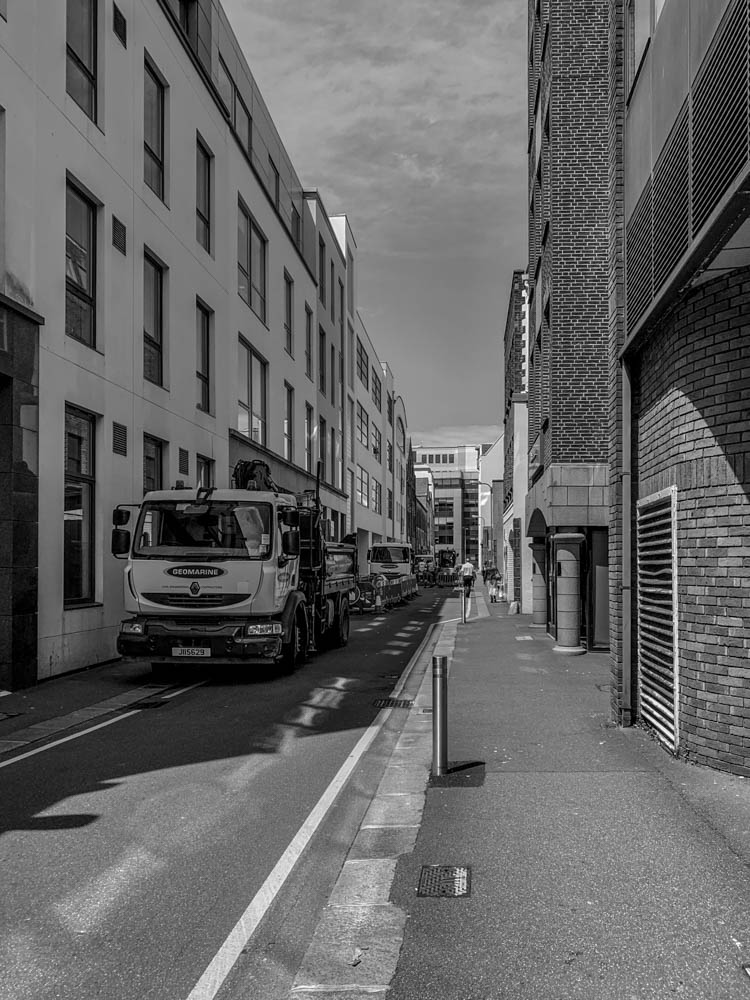

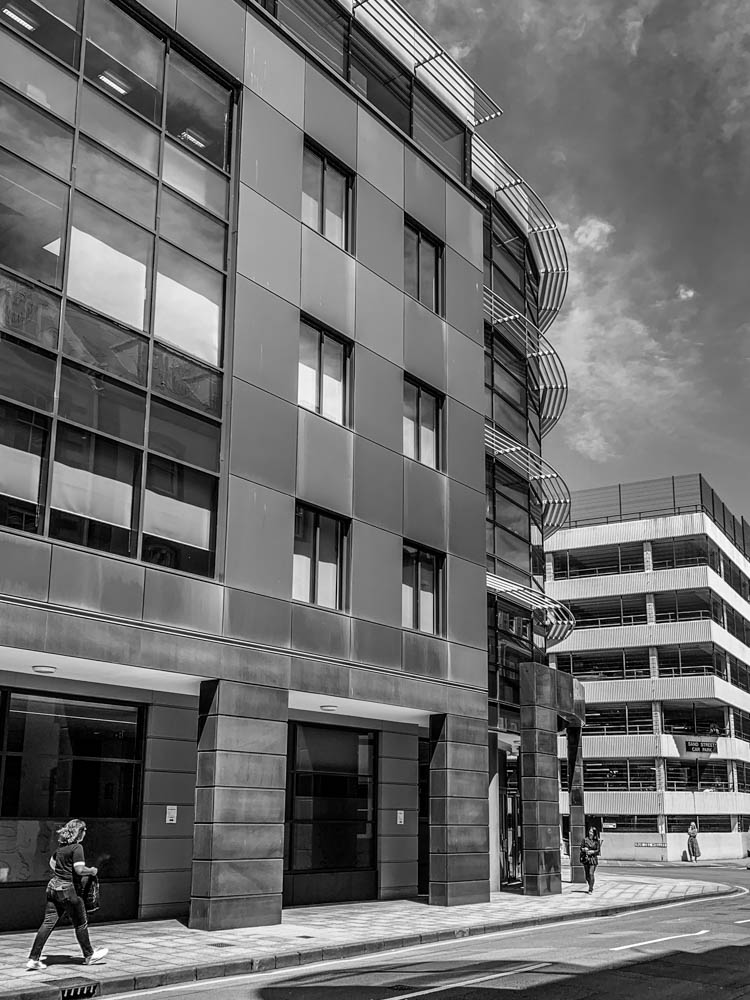





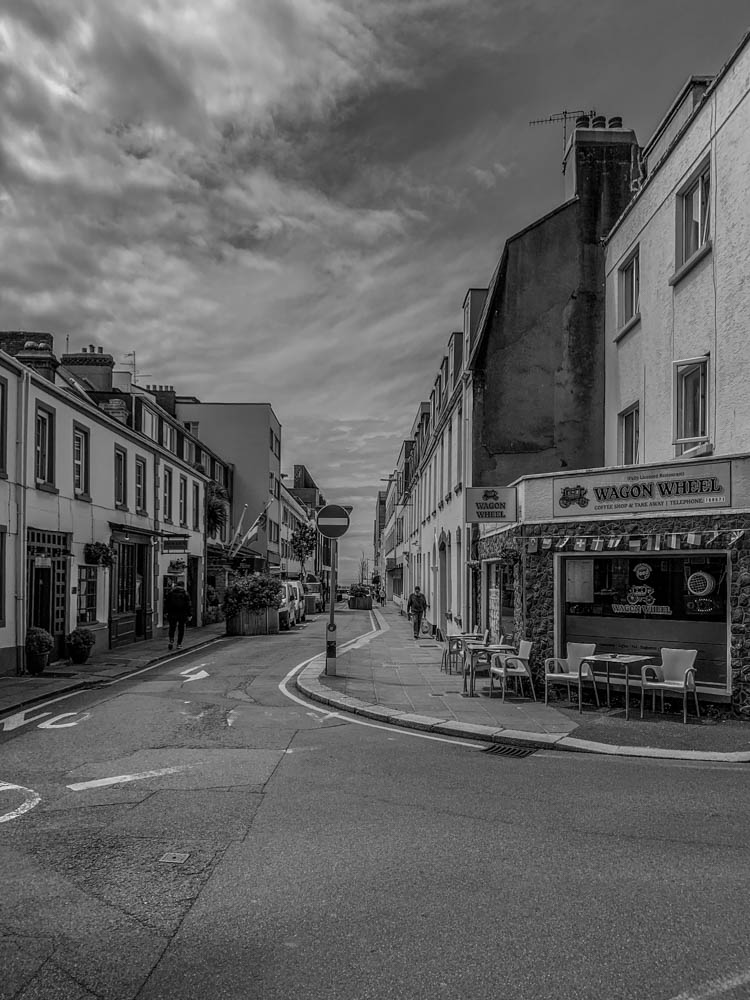


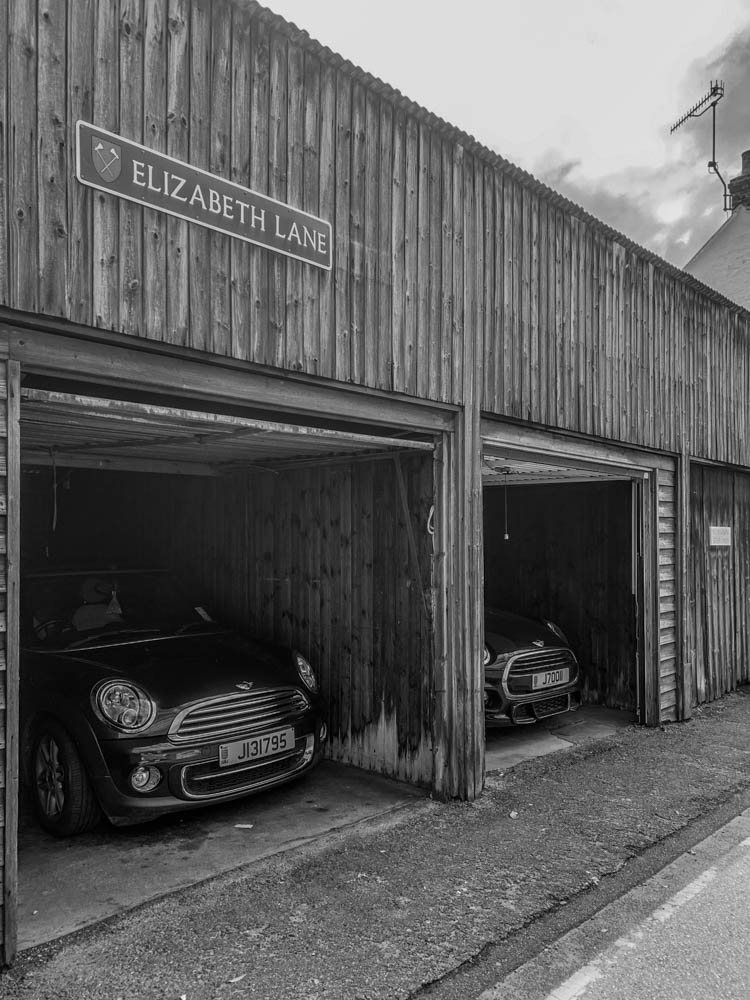

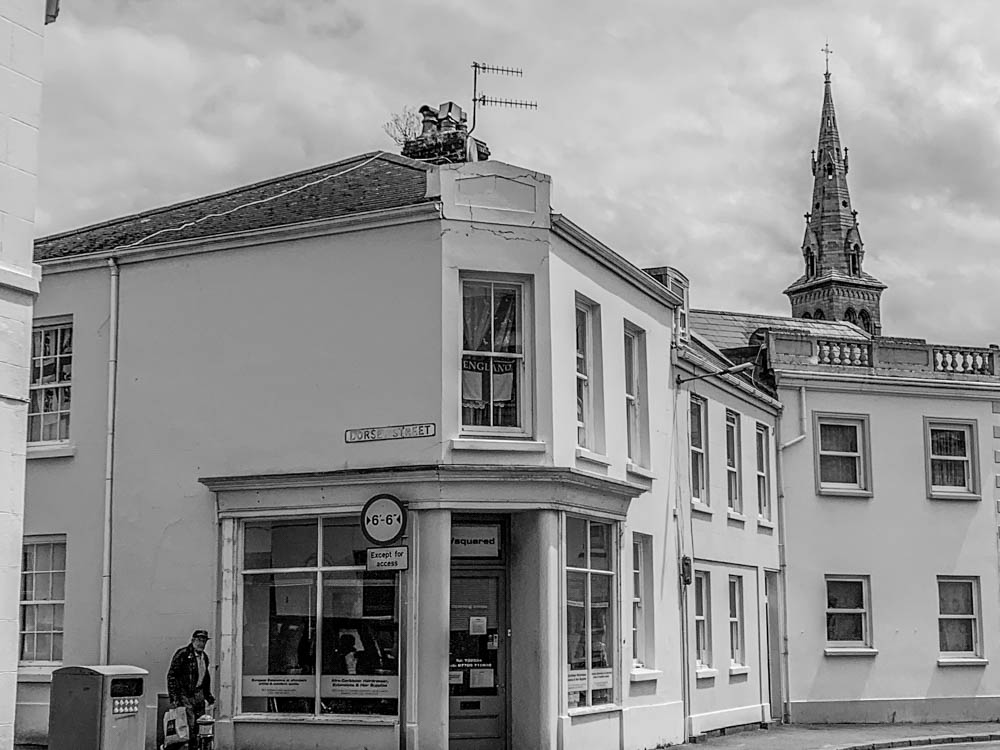





.jpg?mode=max)













